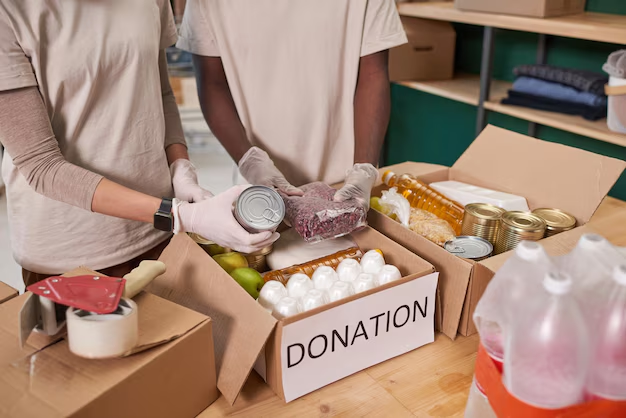Qualifying for Food Banks: What You Need to Know
In today's world, it’s easy for financial stability to become uncertain due to unexpected job losses, health issues, or other economic disturbances. When times get tough, food banks serve as a vital resource, helping millions of families put meals on their tables. If you’re in need of assistance, understanding how to qualify for food banks can provide the relief you need.
Understanding Food Banks
Food banks are charitable organizations that collect and distribute food to hunger-relief charities. They aim to provide emergency food supplies to individuals in need. Often, local branches or pantry sites offer pantry services for a limited number of days per month.
Who Can Use Food Banks?
Qualifying for food banks involves checking if you meet certain criteria. Fortunately, the process is usually straightforward:
- Proof of Identity: A valid ID card to verify who you are.
- Proof of Residency: Utility bills or lease agreements to establish that you live in the area served.
- Income Verification: Pay stubs, tax returns, or a letter from your employer to show financial need.
- Household Information: The composition of your household, as some food banks prioritize families with children, the elderly, or individuals with disabilities.
Specific requirements can vary by location. It's always advisable to contact your local food bank to understand their guidelines and requirements.
Other Resources to Consider
After familiarizing yourself with food banks, expanding your support network through additional resources can offer long-term solutions.
Government Aid Programs
- Supplemental Nutrition Assistance Program (SNAP): Provides monthly benefits for purchasing food.
- Women, Infants, and Children (WIC): Supports low-income pregnant women, new mothers, and young children.
- Temporary Assistance for Needy Families (TANF): Offers financial help while assisting participants in becoming self-sufficient.
Financial Assistance and Debt Relief
- Nonprofit Organizations: Many nonprofits provide financial counseling and assistance programs aimed at debt management and budgeting.
- Debt Relief Services: These services can help organize, manage, or consolidate debt, potentially negotiating with creditors on your behalf.
- Credit Counseling: Receiving advice from a certified credit counselor can guide you through improving your financial health.
Educational Opportunities
- Grants and Scholarships: Explore scholarships or grants if you're considering further education. Many adults may qualify for retraining programs.
- Online Courses and Certifications: Upskilling can open doors to higher-paying job opportunities and financial growth.
Accessing these resources not only provides immediate relief but also empowers you towards a more secure financial future. By understanding available options and how they can work for you, taking that first step becomes less daunting.
Explore More Options
✨ Government Aid Programs
- SNAP
- WIC
- TANF
✨ Financial Solutions
- Nonprofit Financial Counseling
- Debt Relief Services
- Credit Counseling
✨ Educational Opportunities
- Grants & Scholarships
- Online Courses & Certifications
By navigating through these avenues with confidence and the right information, you can ensure that you and your family won't just survive tough times, but thrive.
